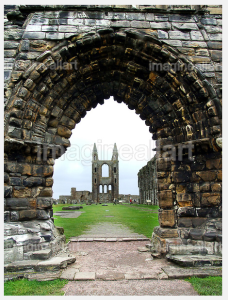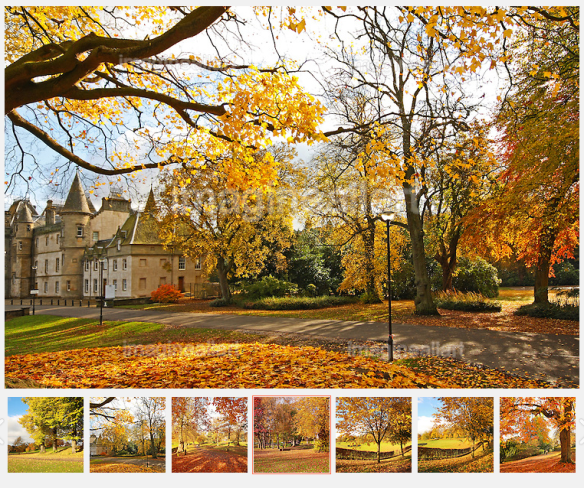St Andrews is a former royal burgh on the east coast of Fife inScotland, named after Saint Andrew the Apostle. The town is home to the University of St Andrews, the third oldest university in the English-speaking world and the oldest in Scotland. The University is an integral part of the burgh, and during term time students make up approximately one third of the town’s population. St Andrews has a population of 16,680, making this the fifth largest settlement in Fife.

The Swilcan Bridge, or Swilcan Burn Bridge, is a famous small stone bridge in St Andrews golf course,
St Andrews is also known worldwide as the “home of golf“. This is in part because the Royal and Ancient Golf Club, founded in 1754, exercises legislative authority over the game worldwide (except in the United States and Mexico), and also because the famous links (acquired by the town in 1894) is the most frequent venue for The Open Championship, the oldest of golf‘s four major championships. Visitors travel to St Andrews in great numbers for several courses ranked amongst the finest in the world, as well as for the sandy beaches.
The Martyrs Memorial, erected to the honour of Patrick Hamilton, George Wishart, and other martyrs of the Reformationepoch, stands at the west end of the Scores on a cliff overlooking the sea.
St Andrews has a temperate maritime climate, which is relatively mild despite its northerly latitude. Winters are not as cold as one might expect, considering that Moscow and Labrador in Newfoundland lie on the same latitude. Daytime temperatures can fall below freezing and average around 4 °C. However, the town is subject to strong winds. Night-time frosts are common; however, snowfall is more rare.
St Andrews was once bounded by several “ports” (the Lowland Scots word for a town gate). Two are still extant: So’gait port (South Street, now called West Port) and the Sea Yett (as The Pends terminates to the harbour). The Category A listed West Port is one of few surviving town ‘Ports’ in Scotland. The towers were influenced by those seen at the base of the Netherbow Port in Edinburgh. The central archway which displays semi-octagonal ‘rownds’ and ‘battling’ is supported by corbelling and neatly moulded passageways. Side arches and relief panels were added to the port, during the reconstruction between 1843–1845.
The University of St Andrews, the oldest in Scotland, dates back to 1410. A charter for the university was issued by Bishop Henry Wardlaw between 1411 and 1412. This was followed by Avignon Pope Benedict XIII granting university status to award degrees to students in 1413. The school initially started out as a society for learned men in the fields of canon law, the arts and divinity. The chapel and college of St John the Evangelist became the first building to have ties with the university in 1415. The two original colleges to be associated with the university were St Salvator in 1450 by Bishop James Kennedy and St Leonard in 1512 by archbishop Alexander Stewart and prior James Hepburn.






